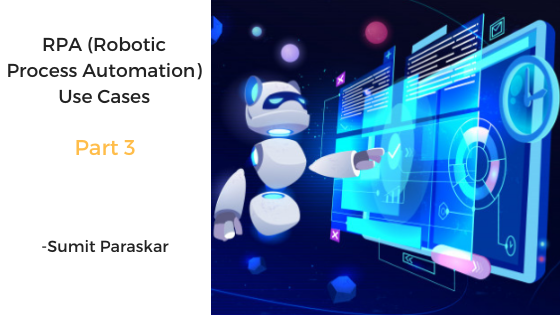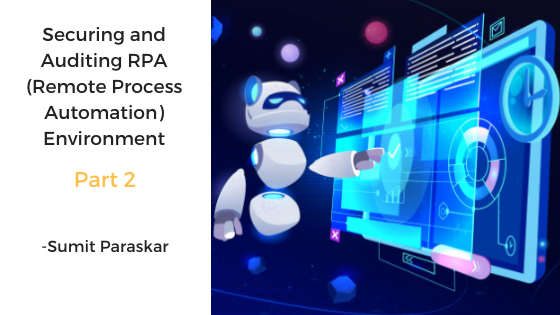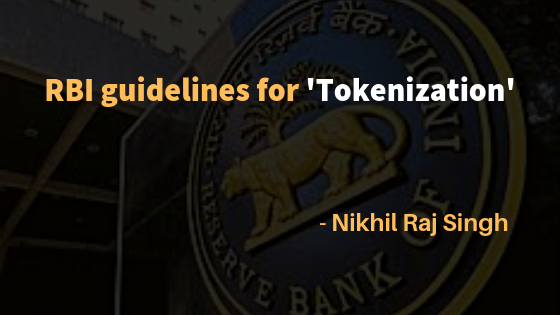
Token Manipulation Attacks (Part 1: Introduction to Tokens and Privileges)
Token Manipulation Attacks INTRODUCTION In these series of blogpost, we are going to look at the Windows Token-based Attacks along with the full understanding of what are tokens and privileges and how it is implemented in Windows OS Security architecture. Token Manipulation Attack is a common technique used by several APT’s, malware to gain higher […]








